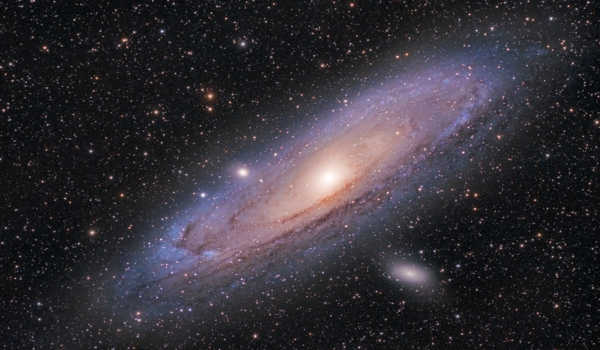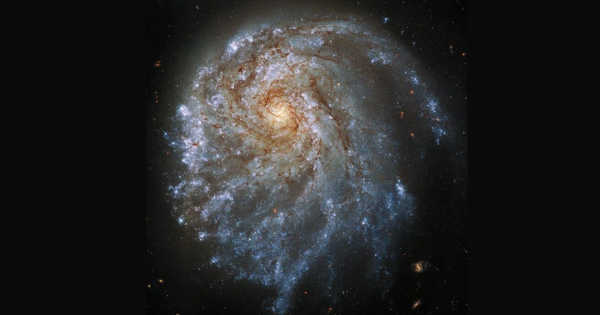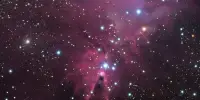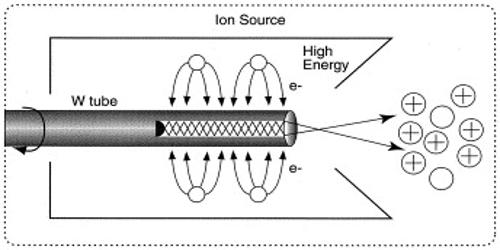The Andromeda galaxy, our Milky Way’s neighbor, is the most distant object in the sky. It is a spiral galaxy located in the constellation Andromeda. The Andromeda galaxy is only 2.5 million light-years away from the Earth. Scientists have released a new, detailed radio image of the Andromeda galaxy, the Milky Way’s sister galaxy, which will allow them to identify and study the regions of Andromeda where new stars form.
The study, which is the first to produce a radio image of Andromeda at the microwave frequency of 6.6 GHz, was led by physicist Sofia Fatigoni of the University of British Columbia, in collaboration with colleagues from the Sapienza University of Rome and the Italian National Institute of Astrophysics. It was published in the journal Astronomy and Astrophysics online.
“This image will allow us to study the structure and content of Andromeda in greater detail than has ever been possible,” said Fatigoni, a Ph.D. student in UBC’s department of physics and astronomy. “Understanding the nature of physical processes that occur inside Andromeda allows us to see what happens in our own galaxy more clearly as if we were looking at ourselves from the outside.”
Scientists have published a new, detailed radio image of the Andromeda galaxy — the Milky Way’s sister galaxy — which will allow them to identify and study the regions of Andromeda where new stars are born.
Prior to this study, no maps capturing such a large region of the sky around the Andromeda Galaxy had ever been made in the microwave band frequencies ranging from one gigahertz to twenty-two gigahertz. The galaxy’s emission is very faint in this range, making it difficult to see its structure. However, because specific features are only visible in this frequency range, having a map at this frequency is critical to understanding which physical processes are occurring inside Andromeda.
The researchers needed a single-dish radio telescope with a large effective area to observe Andromeda at this frequency. The Sardinia Radio Telescope, a 64-meter fully steerable telescope capable of operating at high radio frequencies, was used for the research.
The researchers were able to map the galaxy with high sensitivity after 66 hours of observation with the Sardinia Radio Telescope and consistent data analysis. They were then able to calculate the rate of star formation within Andromeda and create a detailed map that highlighted the galaxy’s disk as the region where new stars are born.

The galaxy’s emission is very faint in the microwave band frequencies ranging from one gigahertz to twenty-two gigahertz. This makes it difficult to see its structure. However, only in this frequency range are specific features visible. The mapping of these frequencies can reveal more about the physical processes occurring within Andromeda.
“By combining this new image with previous ones, we have made significant progress in clarifying the nature of Andromeda’s microwave emissions and allowing us to distinguish physical processes that occur in different regions of the galaxy,” said Dr. Elia Battistelli, a Sapienza professor of physics and the study’s coordinator.
“In particular, we were able to determine the fraction of emissions due to thermal processes related to early stations of new star formation, as well as the fraction of radio signals attributable to non-thermal mechanisms caused by cosmic rays spiraling in the magnetic field present in the interstellar medium,” Fatigoni said.
They were able to identify a catalog of about 100 point sources, including stars, galaxies, and other objects in the background of Andromeda, using the resulting map. They also created a map of the galaxy’s star formation rate. They obtained a total star formation rate of 0.19 solar masses per year by integrating within a radius of 49,000 light-years, which agrees with previous results in the literature.
For the study, the team created and implemented software that, among other things, allowed them to test new algorithms for identifying previously unknown lower emission sources in the field of view around Andromeda at a frequency of 6.6 GHz. Researchers were able to identify a catalog of about 100 point sources, including stars, galaxies, and other objects in the background of Andromeda, using the resulting map.















